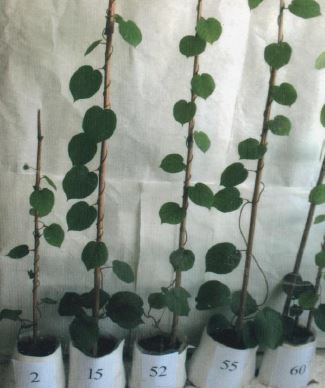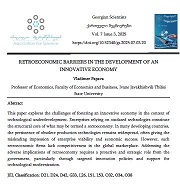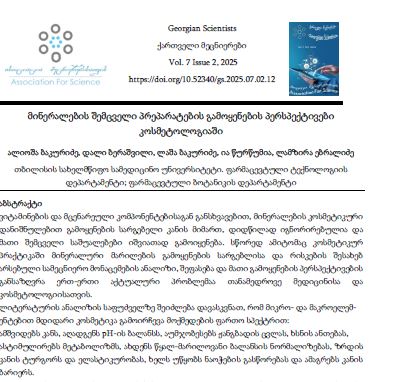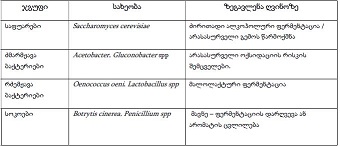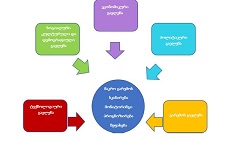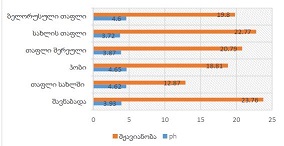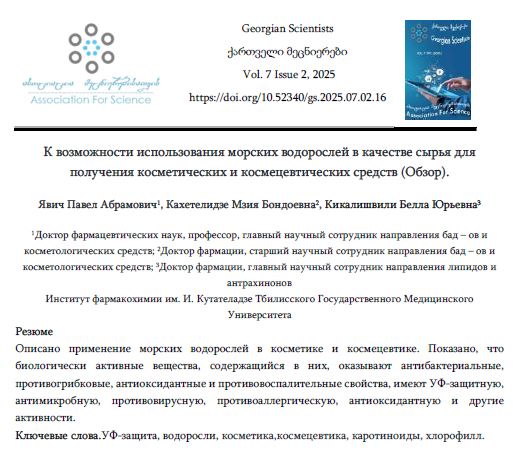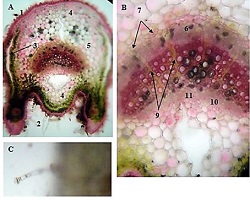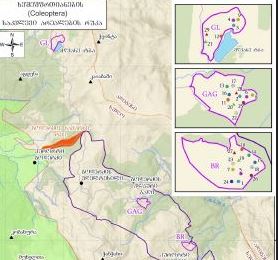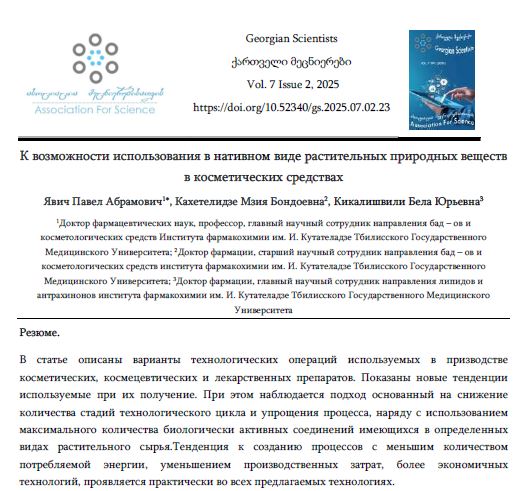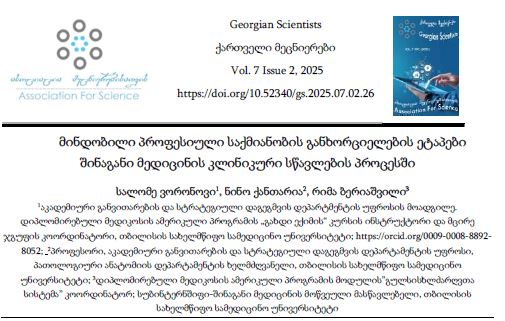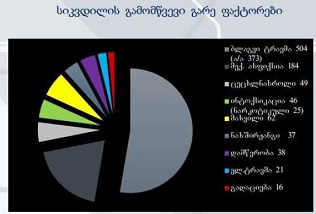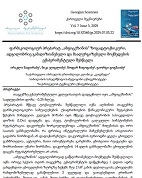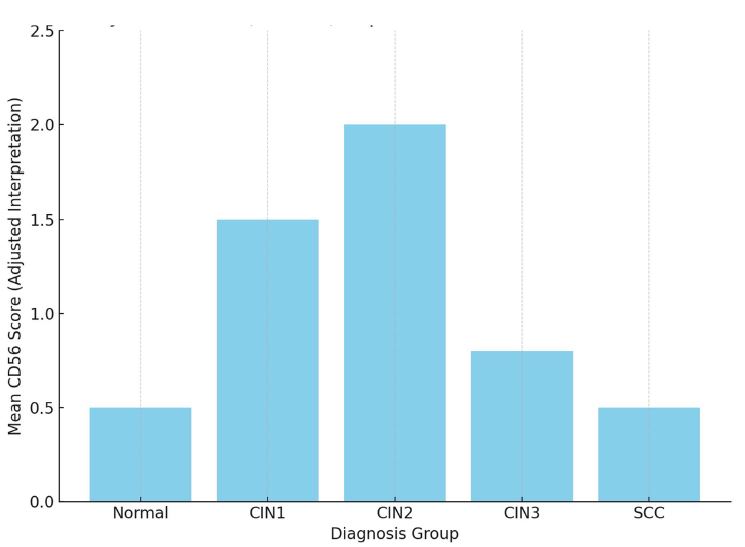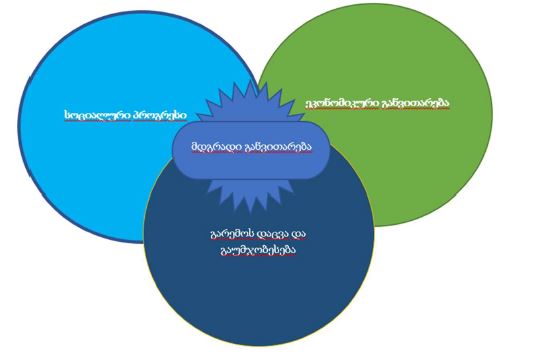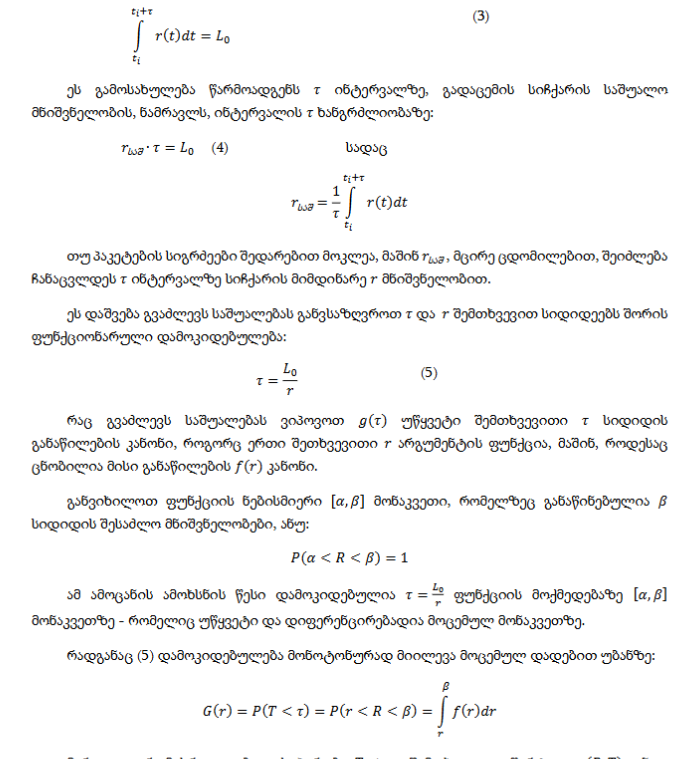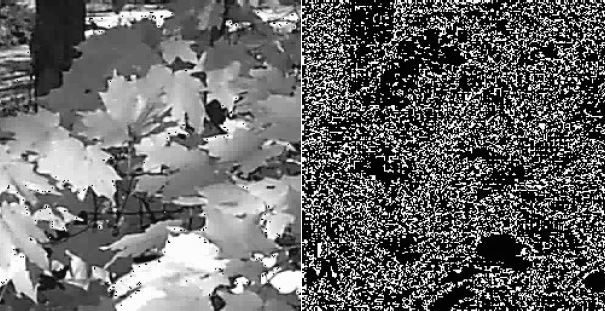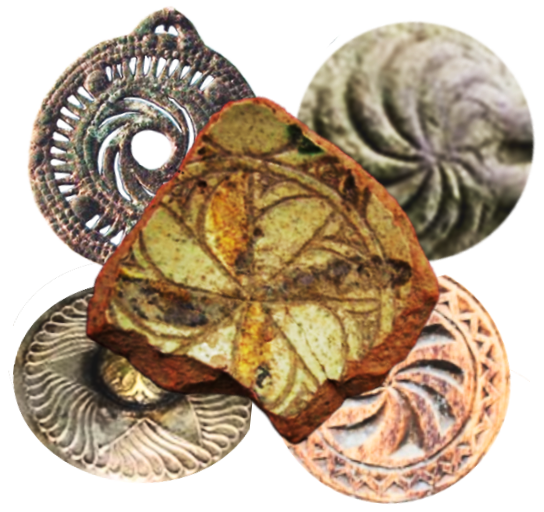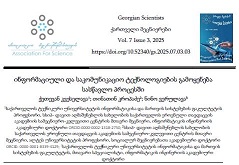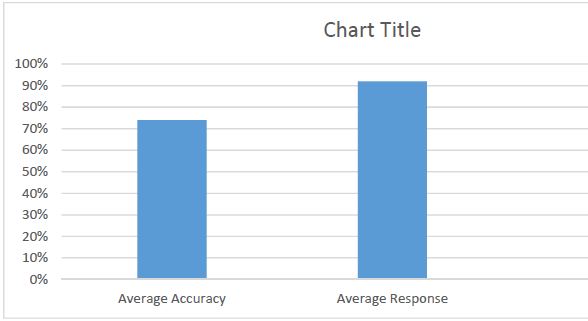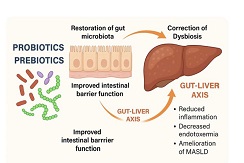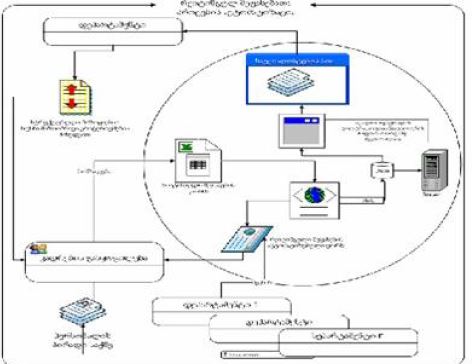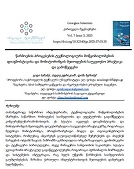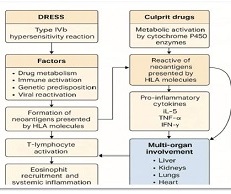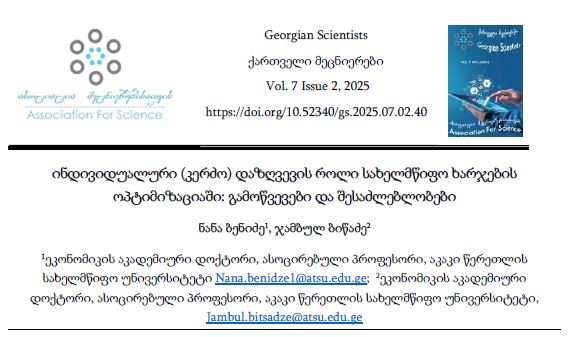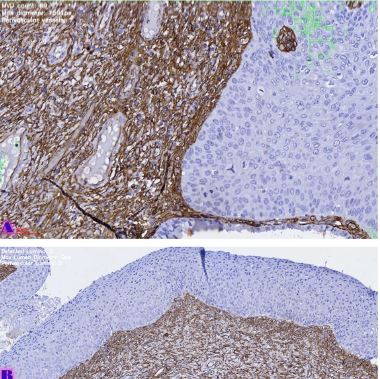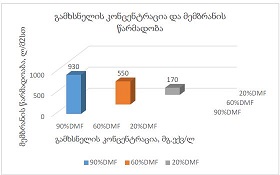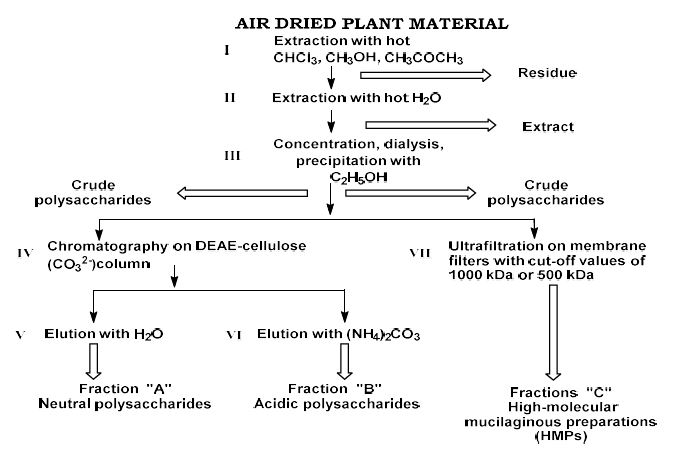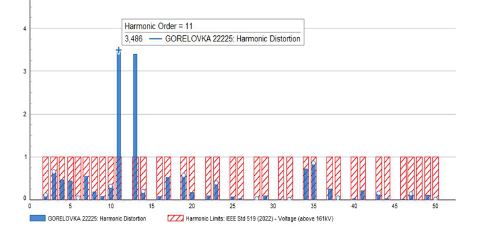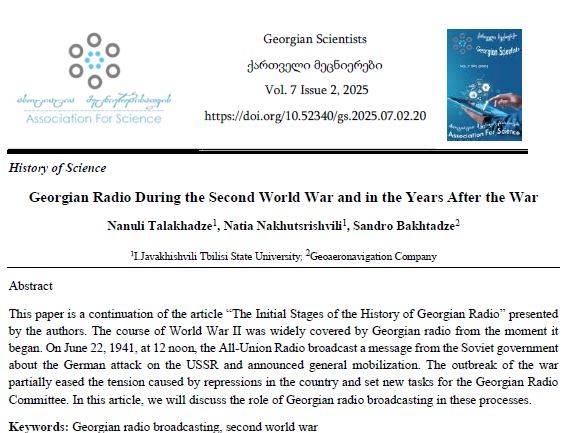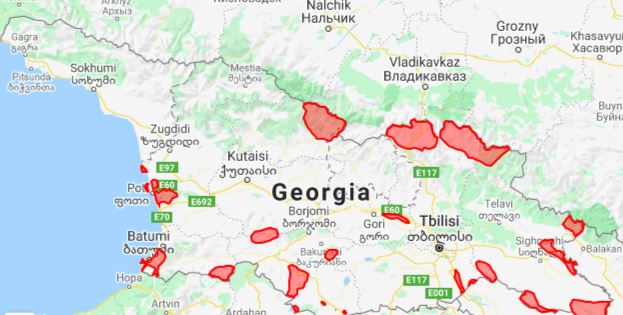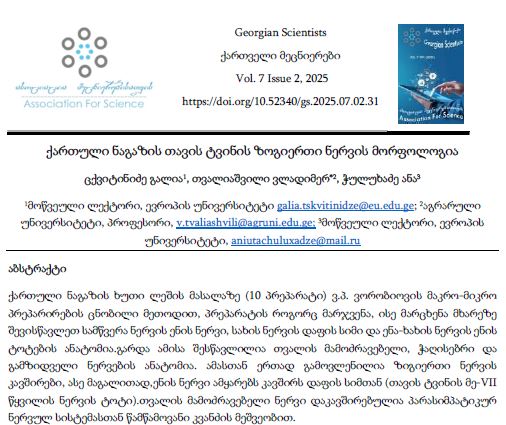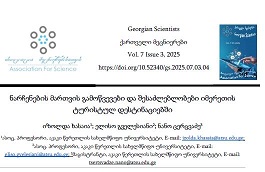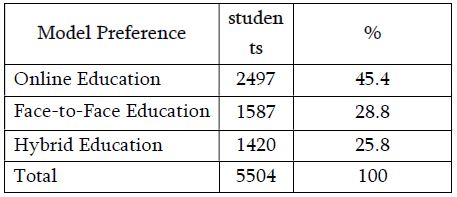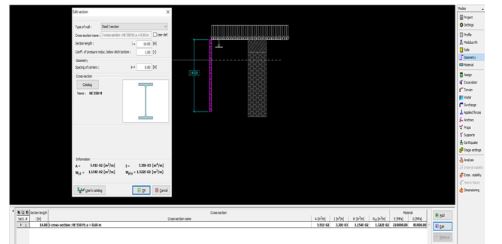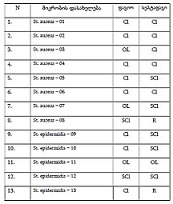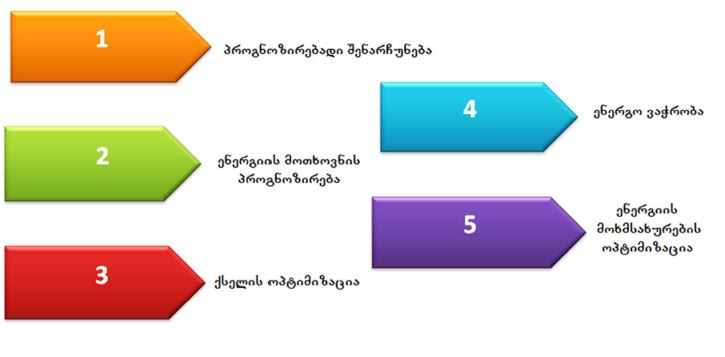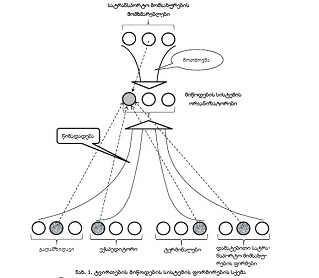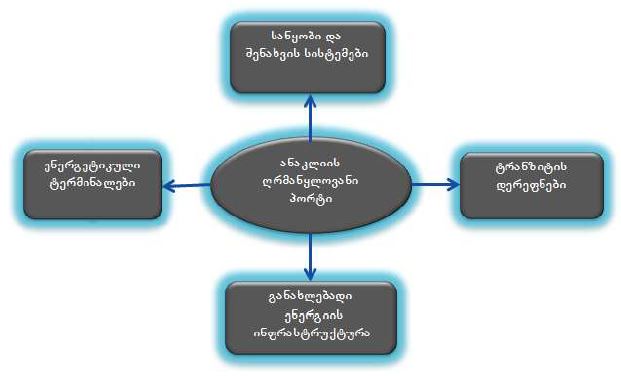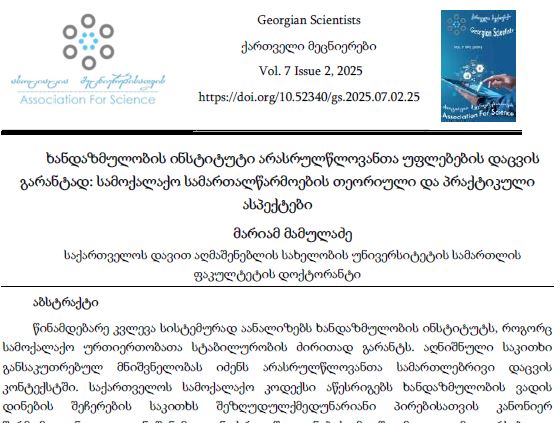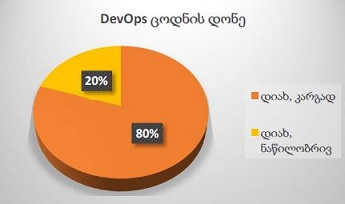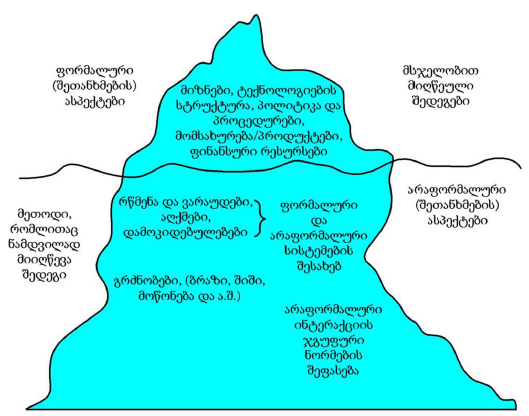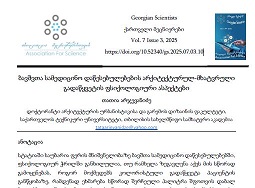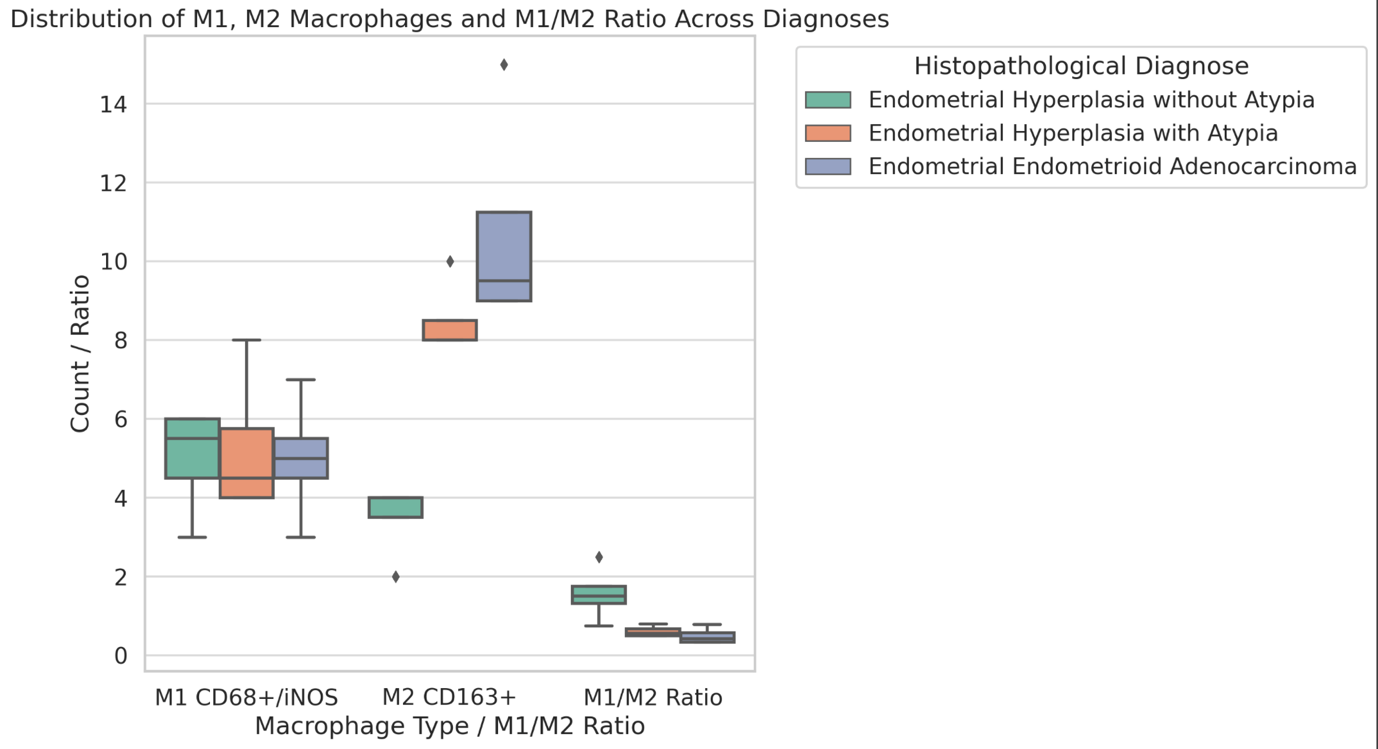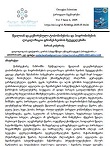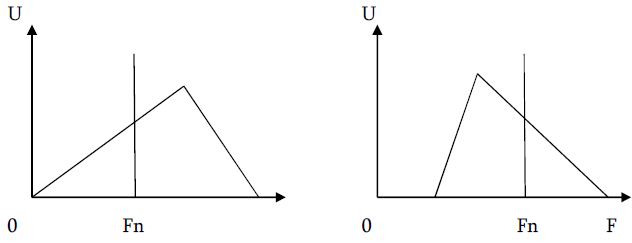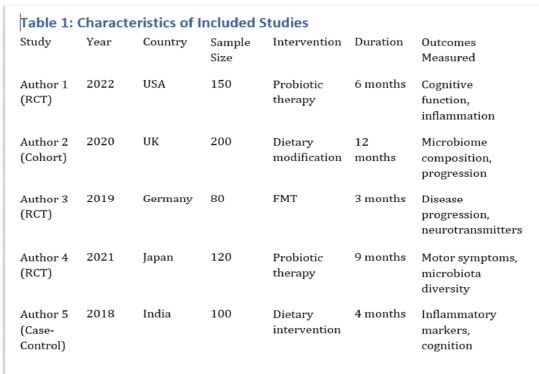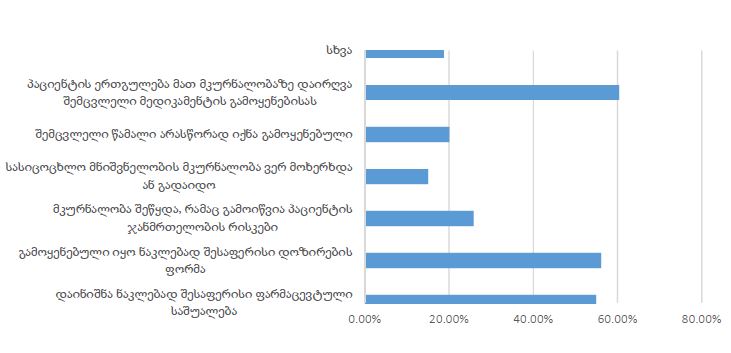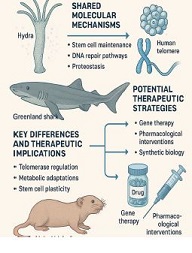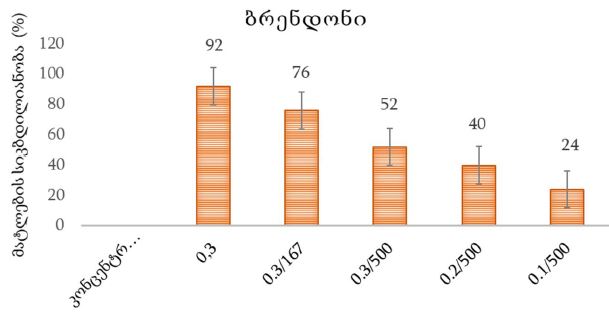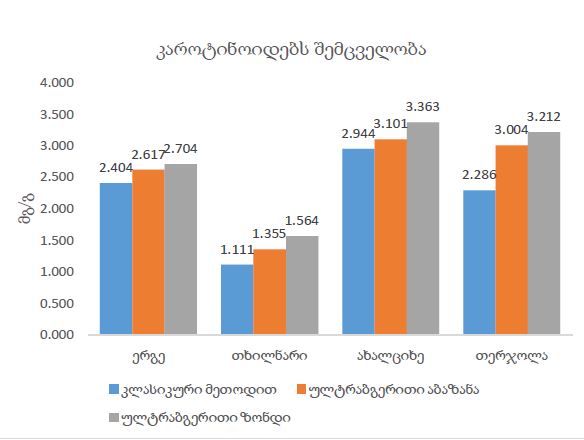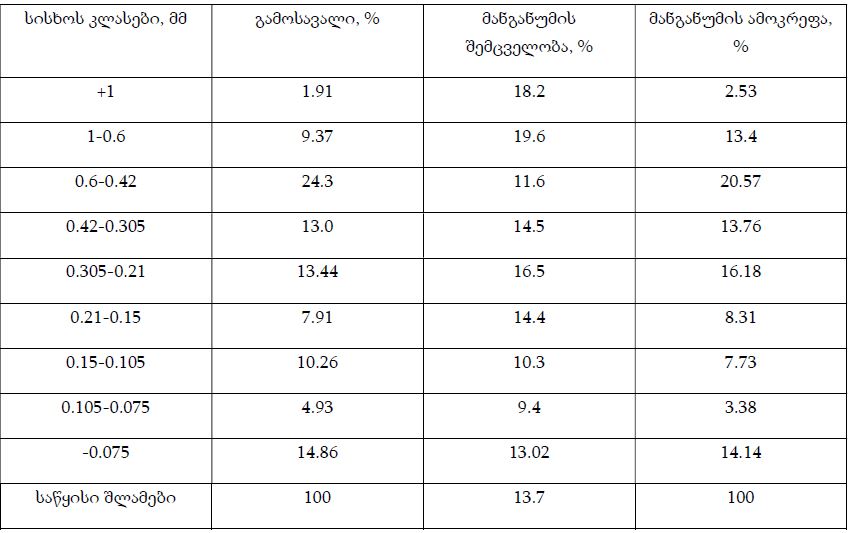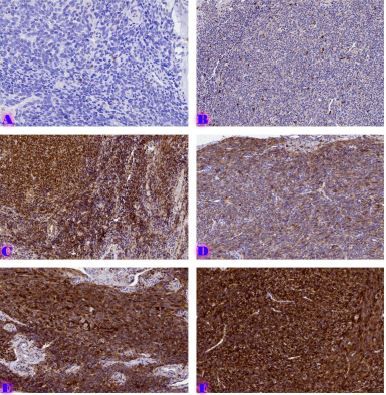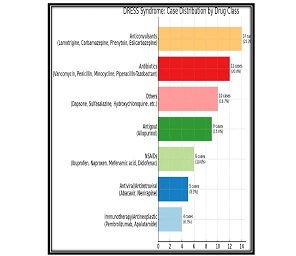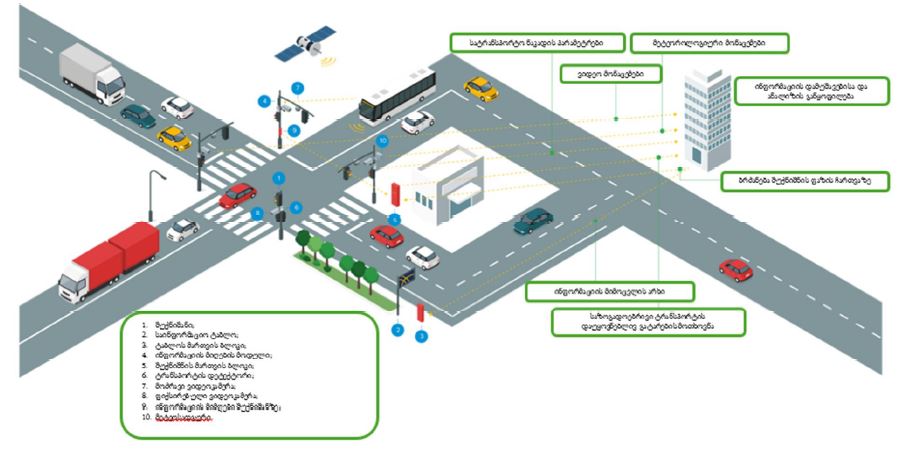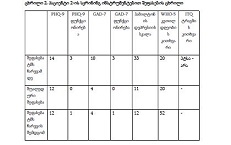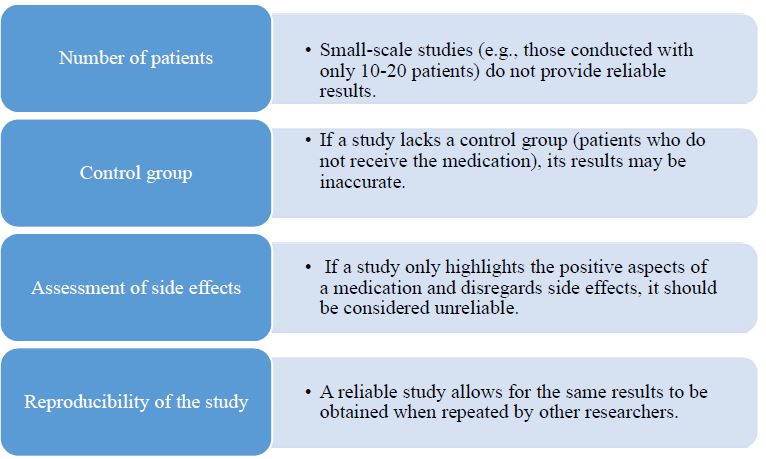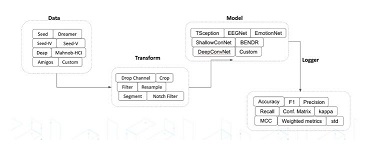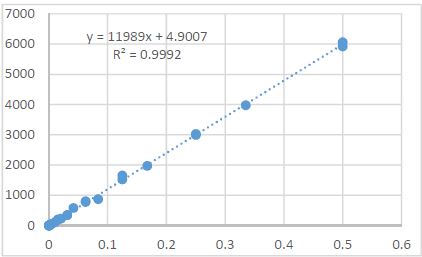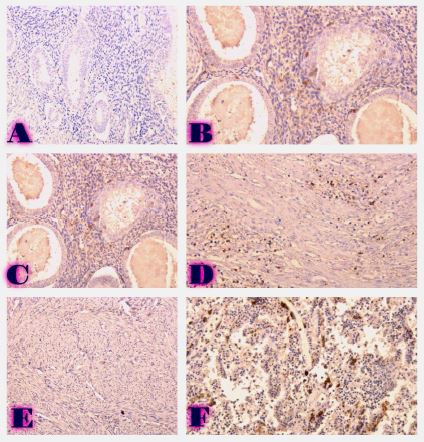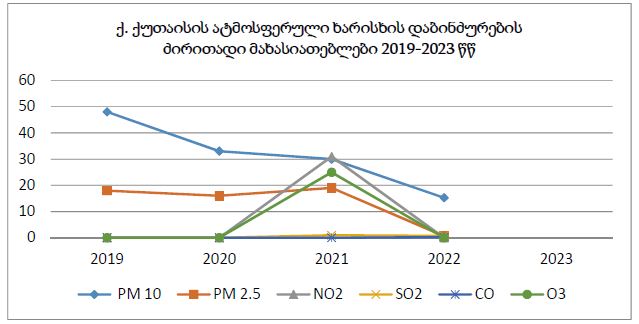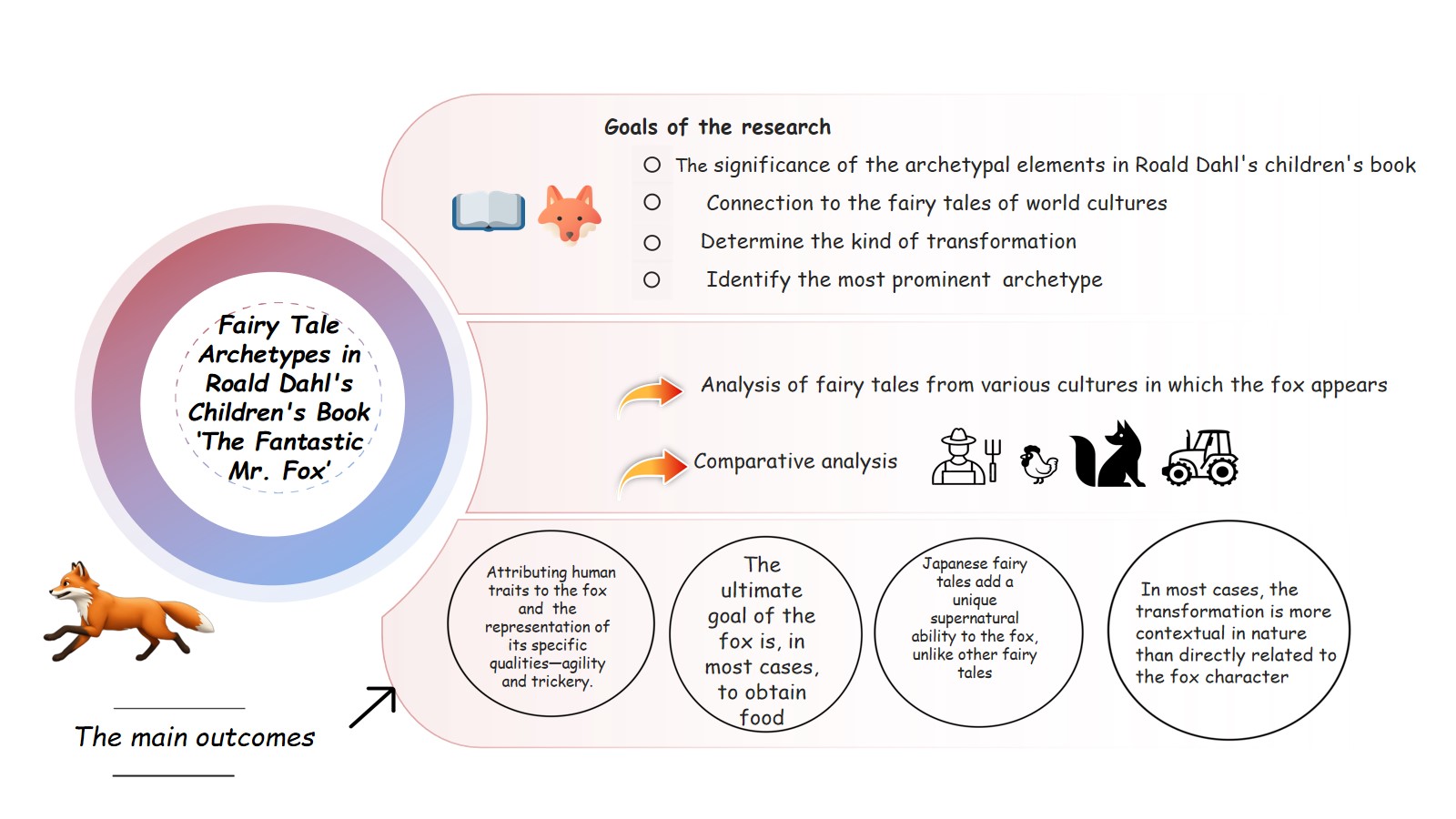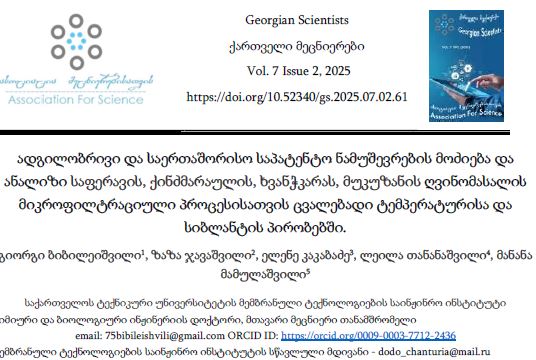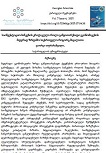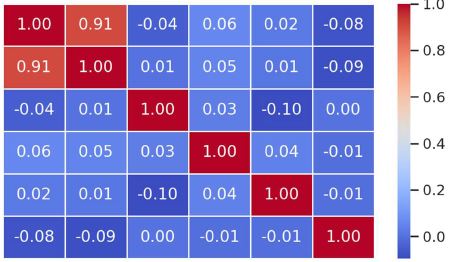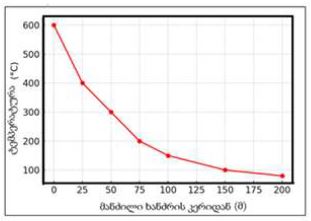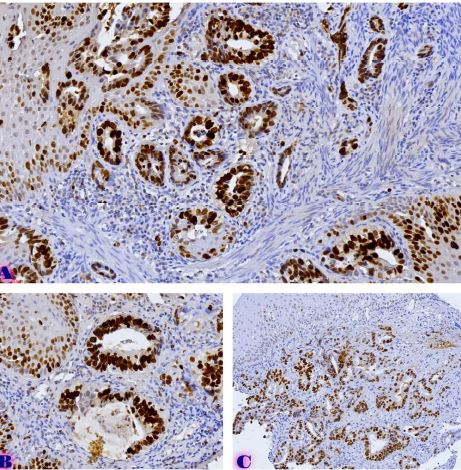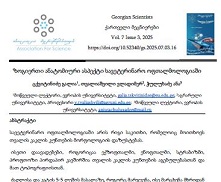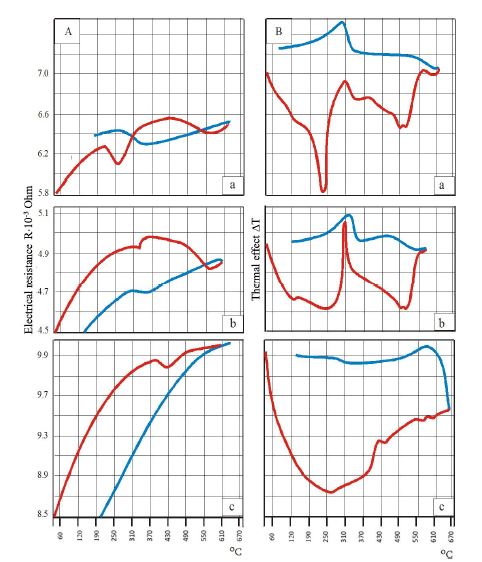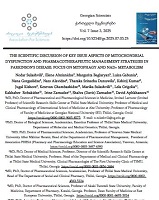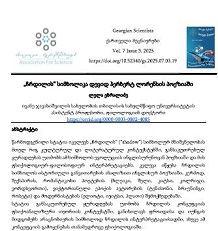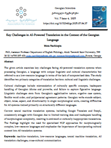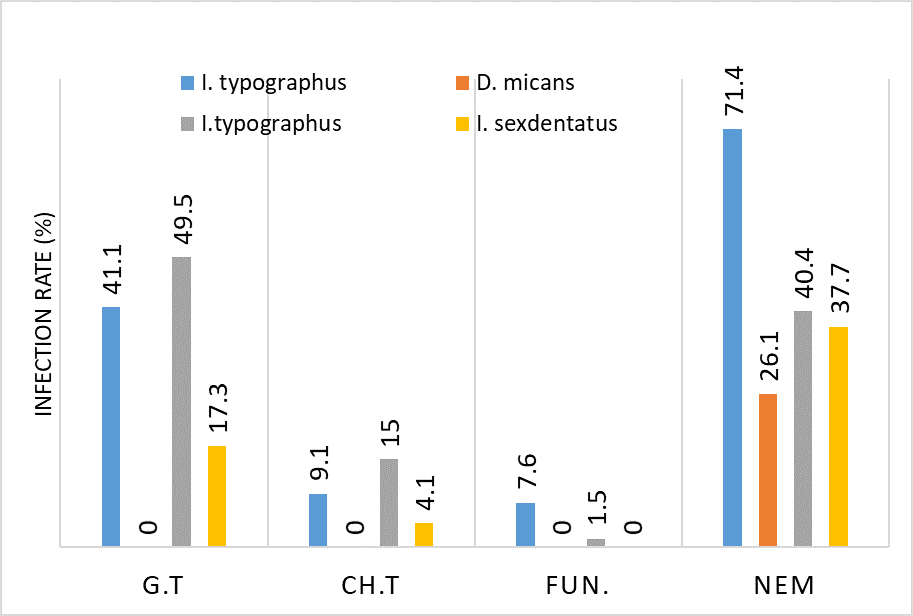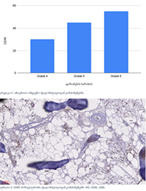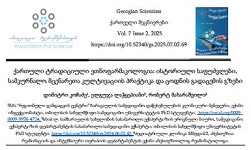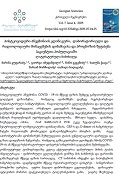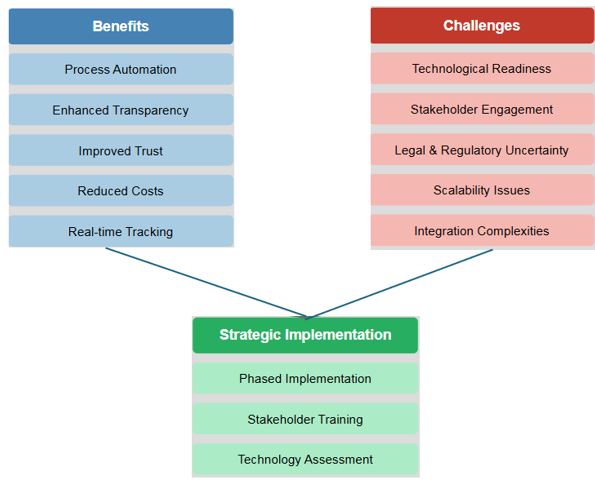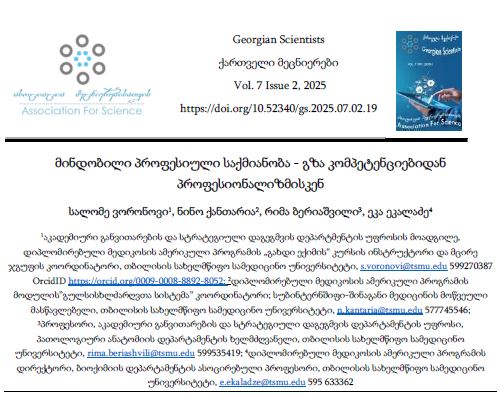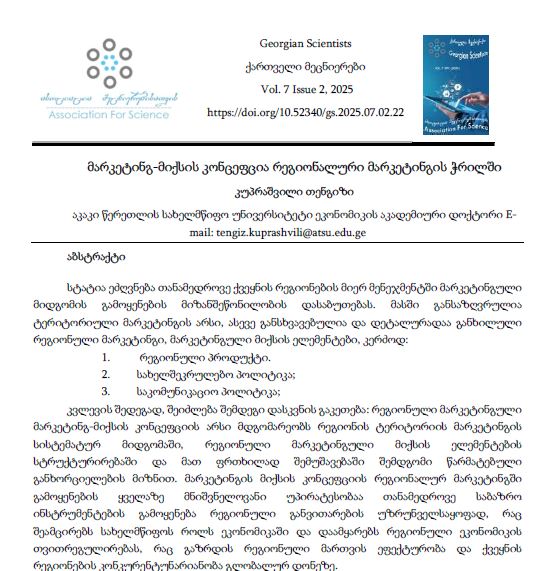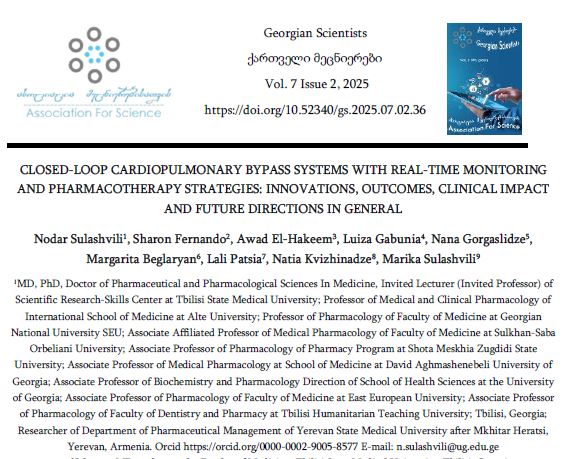TAXONOMIC STRUCTURE OF FREE-LIVING AND PLANT PARASITIC NEMATODES IN POTATO FIELDS IN KOBULETI (AJARA, EASTERN GEORGIA)

Downloads
Fauna of soil nematodes was studied in three villages of Khobuleti municipality: Ochkhamuri (N41.8554, E41.8348), Tsetskhlauri (N41.857448, E41.854879), and the village Tikeri (N 41.884270, E 41°86'7228"). Sampling was conducted in six sites in early spring, in middle summer and in late fall. The 3 composite soil samples collected from each field (weighing 300-500g) consist of 50 individual sub-samples of soil and roots. Nematodes were extracted by a modified Baermann’s method from a sample of 50 g, and exposition time was 48 h. 41 nematode species belonging to 29 genera, 18 families and 8 orders (Enoplida; Filipjev, 1929, Triplonchida Cobb, 1920; Plectida Malakhov, 1982, Dorylaimida; Pearse, 1942, Mononchida Jairajpuri, 1969, Rhabditida; Chitwood, 1933, Tylenchida Thorne, 1949; Aphelenchida; Siddiqi, 1980o) were revealed. The largest abundance of nematodes was observed in the village Thikeri, with 76 specimens/ 50 g soil, and the smallest was in the village Ochkhamuri, with 34 specimens/50g. Species of Rhabditida constituted the most representative group: 10 species, or 31 % of the whole species composition. Representatives of Plectida were the most numerous within the considered community (proportion in the communities was 57,4 %), while representatives of the order Rhabditida comprised only 4.39 %. Plant-parasitic nematodes from 6 genera (Ditylenchus, Tylechus, Tylenchorhynchus, Pratylenchus, Aphelenchus, Aphelenchoides) were found in soil and (or) potato root samples. Investigations reveal that nematode populations and communities vary seasonally, with their maximum numbers observed during harvest. The number of identified phytoparasitic nematodes does not exceed a certain limit, which causes measurable economic damage. The obtained data are very significant for studying the biodiversity of the nematode population in Georgia
Downloads
Baermann, G. Eine einfache Methode zur Affi ndung von Ankylostomum (Nematoden) larven in Erdprobem // Geneesk. Tijdschr. Ned. (1917) Ind. 57. — S. 131–137.
Courtney WD, Polley D, Miller VL. TAF: An improved fixative in nematode technique. Plant Disease Reporter. 1955; 39:570–571
Decker, H. Plant nematodes and their control. (Phytonematology). — Moscow : Kolos, 1972. 444 p. Russian
Siddiqi, M. R.. Tylenchida: parasites of plants and insects. Norfolk: CABI,. 2000 834 p
Stirling, G., Nicol, J., Reay, F. Services for Nematode Pests : Operational Guidelines // Rural Industries Research and Development Corporation. — Canberra, 2002. —120 p
Mai, W. F., Mullin, P. G. Plant-parasitic nematodes. A pictorial key to genera. — New-York : Cornell University Press, 1996. — 278 p
Ryss, A. Yu. Parasitic root nematodes of the family Pratylenchidae (Tylenchida) of the world fauna. Leningrad : Nauka, 1988. 368 p. Russian
Goodey, T. Soil freshwater nematodes. London : Methuen. 1963. 544 p.
Eliava, I. J. Free-living nematodes of the family Dorylaimidae.. Nauka Leningrad, 1988. 264 p. (In Russ)
Ferris Howard (1999). University of California. http://nemaplex.ucdavis.edu/index.htm [11] Ferris, H. and Bongers, T. 2009. Indices for analysis of nematode assemblages. Chapter 5 in: "Nematodes as Environmental Bioindicators". Editors: M.J. Wilson and T. Kakouli-Duarte. CAB International, Wallingford, UK, pp 124-145.
Abebe, E., Andrássy, I., Truanspurger, W., 2006. Freshwater nem- atodes: ecology and taxonomy. Wallingford, Oxfordshire, UK; Cambridge, MA, USA: CABI Publ., 13–30
Copyright (c) 2025 Georgian Scientists

This work is licensed under a Creative Commons Attribution-NonCommercial-NoDerivatives 4.0 International License.










